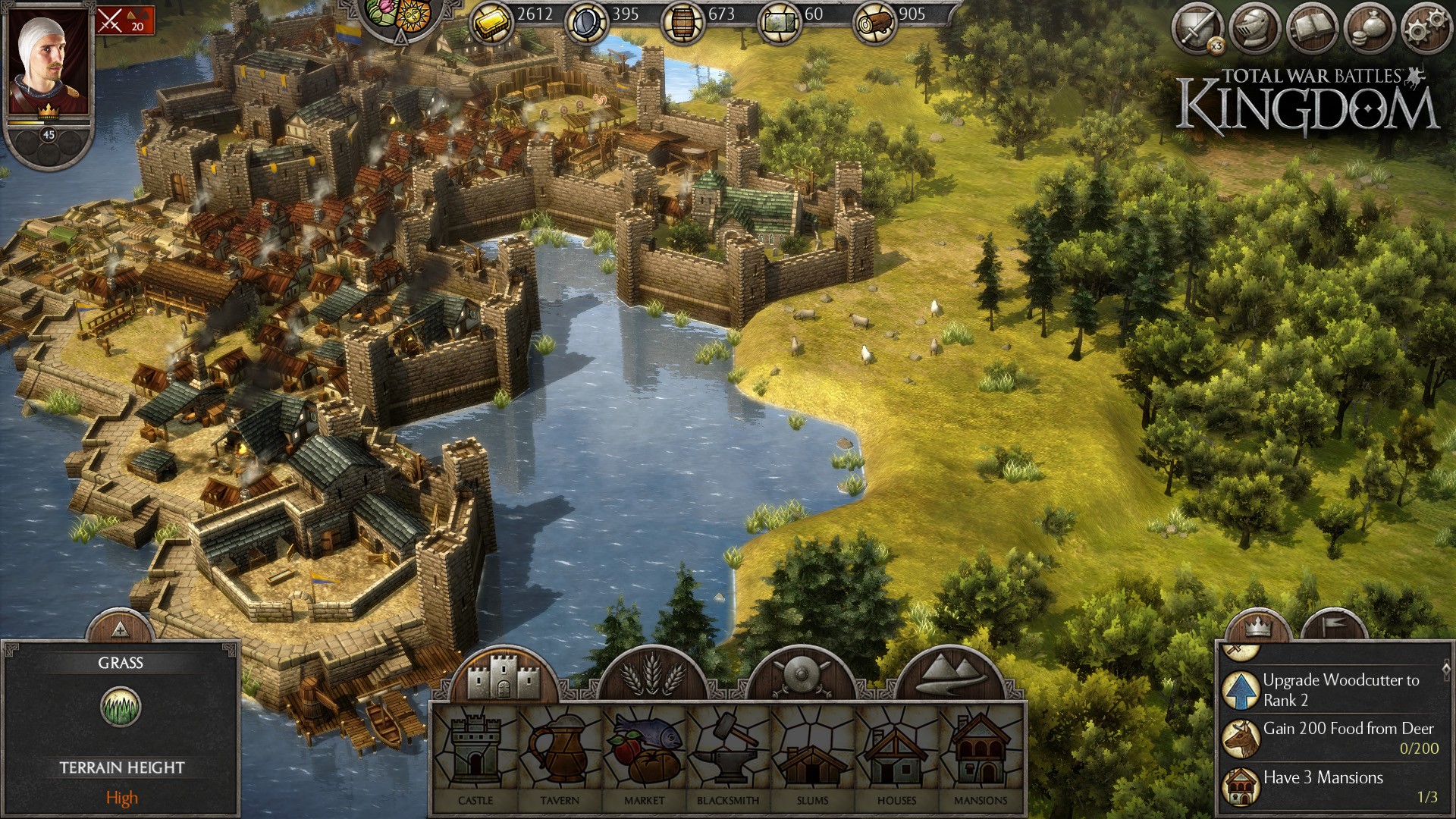
The National Energy Policy developed since 2007, for the electric sector include a goal to get installed new 1200 MW of wind power and at least 200 MW of biomass by 2015. The peak load of the system is about 1800 MW, having an annual consumption of 10,000 GWh. Near 98% of households are interconnected.

The electric sector has an installed capacity of almost 2700 MW, historically based on a mix between hydro plants and thermal back-up (65-35%). 3.5 million inhabitants, with an annual per capita GDP of 14,400 USD and expecting 4% of economic increase for 2013. Located in the south cone of South America, Uruguay has a total area of 187,000 km2, aprox. Born in 1912, the company is vertically integrated, developing power plants, transmission and distribution networks and electricity marketing both inside Uruguay and with neighboring countries. UTE (National Administration of Power Plants and Electric Transmission) is a 100-year state-owned utility. The university's master programme in industrial economics is known for its excellence and admittance requires a high grade point average. Their main research areas are risk analysis and management, industrial and petroleum economics, fisheries and aquaculture and societal safety. Within the Faculty of Science and Technology, research related to the oil and gas industry has an international reputation. The Department of Industrial Economics, Risk Management and Planning has consistently been among Norway’s most prolific research groups.
Total war three kingdoms nexus professional#
The Stavanger region has been Norway’s hub for innovative industry for several decades and this is reflected in the university´s emphasis on technology and programmes of professional study.

As member of the European Consortium of Innovative Universities (ECIU), the university aims at being a regional driving force through research activities, new forms of teaching and learning, and knowledge transfer. The University of Stavanger, Norway, has about 9200 students and 1300 staff. In July 1999, EDMC was merged into IEEJ and began operating as an IEEJ division under the same name, i.e., the Energy Data and Modeling Center. In October 1984, the Energy Data and Modeling Center (EDMC) was established as an IEEJ-affiliated organization to carry out such tasks as the development of energy data bases, building of various energy models and econometric analyses of energy. With the diversification of social needs during the three and a half decades of its operation, IEEJ has expanded its scope of research activities to include such topics as environmental problems and international cooperation closely related to energy. The aim of its establishment is to carry on research activities specialized in the area of energy from the viewpoint of the national economy as a whole in a bid to contribute to sound development of the Japanese energy-supplying and energy-consuming industries and to the improvement of people's life in the country by objectively analyzing energy problems and providing basic data, information and reports necessary for the formulation of policies.

The Institute of Energy Economics, Japan was established in June 1966 and certified as an incorporated foundation by the Ministry of International Trade and Industry in September that year. Join IAEE, log in, or purchase the article to view reference data. References: Reference information is available for this article. Keywords: Oil price, Oil price-macroeconomy relationship, Macro-finance interface, International business cycle, Factor vector autoregressive models JEL Codes: Q43: Energy and the Macroeconomy, Q41: Energy: Demand and Supply Prices, Q02: Commodity Markets, E44: Financial Markets and the Macroeconomy, Q31: Nonrenewable Resources and Conservation: Demand and Supply Prices As long as oil supply will keep expanding at a slower pace than required by demand conditions, and in so far as the recently passed regulatory provisions aimed at controlling financial speculation in the oil (and other commodities) futures market will prove unsuccessful, a recessionary bias, determined by higher and more uncertain real oil prices, may then be expected to persist also in the near future.Įnergy Specializations: Petroleum – Markets and Prices for Crude Oil and Products Energy Investment and Finance – Corporate Strategy Energy Modeling – Sectoral Energy Demand & Technology We find that oil market supply side, speculative, preferences, and volatility shocks exercised recessionary effects during the first and second Persian Gulf War and 2008 oil price episodes. In addition to real activity, we consider fiscal and monetary policy responses and labor and financial markets conditions, in order to provide a comprehensive account of the macro-financial effects of oil price shocks. We investigate the oil price-macroeconomy relationship from a global perspective, by means of a large scale macro-financial-econometric model.


 0 kommentar(er)
0 kommentar(er)
